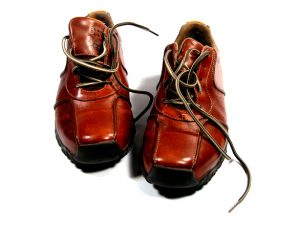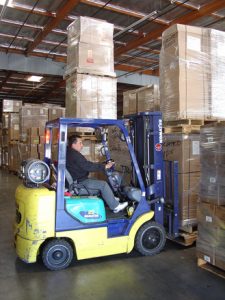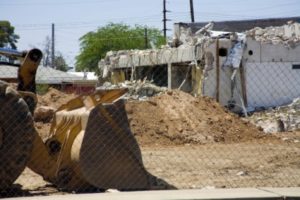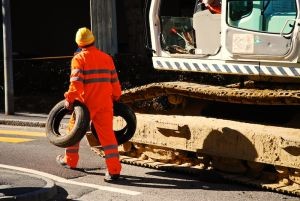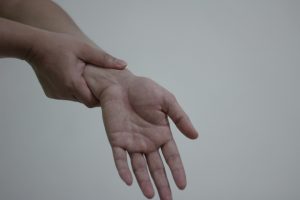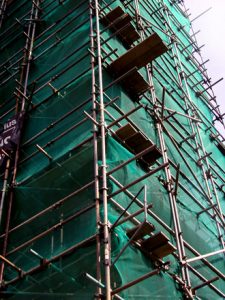According to a recent news article from the Boston Globe, the Massachusetts workers’ compensation agency in downtown Boston is being urged to increase the speed at which it is handling the numerous claims from injured workers that come into their office on a regular basis.
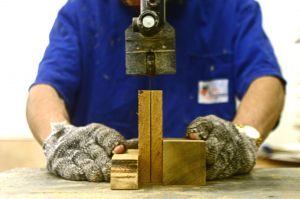 Recently, there was a hearing to discuss the problem, and there were around 24 injured workers trying to file claims, get a status on their worker’s compensation claims, and get information in general about the process that is causing them considerable problems and taking way too much time, according to many. One such worker said he was working for a fruit packer in Chelsea, just across the Mystic River from Boston when he was injured by a pallet jack. He told his boss that he need to go to the doctor because his back was injured and he was allegedly fired. Continue reading
Recently, there was a hearing to discuss the problem, and there were around 24 injured workers trying to file claims, get a status on their worker’s compensation claims, and get information in general about the process that is causing them considerable problems and taking way too much time, according to many. One such worker said he was working for a fruit packer in Chelsea, just across the Mystic River from Boston when he was injured by a pallet jack. He told his boss that he need to go to the doctor because his back was injured and he was allegedly fired. Continue reading
 Massachusetts Workers Compensation Lawyers Blog
Massachusetts Workers Compensation Lawyers Blog



